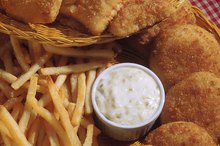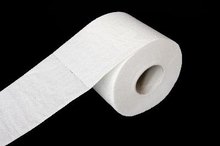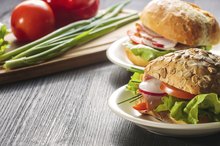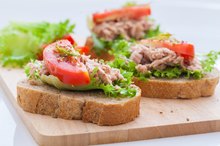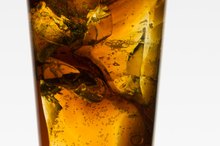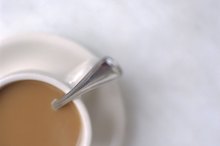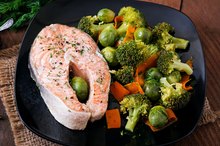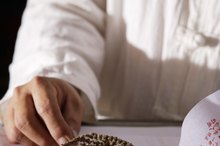Nutritional Absorption After Gallbladder Removal
The gallbladder serves mostly as a storage unit for bile, which is released from the liver to digest fats so they can be absorbed. During gallbladder surgery, your surgeon removes the gallbladder, usually because it has filled with gallstones. Gallstones can travel from the gallbladder into the bile duct and lodge there, blocking the flow of bile. If bile can’t reach the small intestine, fats can’t be broken down and absorbed.
If you are experiencing serious medical symptoms, seek emergency treatment immediately.
Bile Production
Bile is produced in the liver and stored in the gallbladder. When you eat, the gallbladder contracts and squeezes bile through the common bile duct to the small intestine, where it breaks down fats. Fats are then absorbed into the bloodstream and utilized or stored for use as energy. Bile is a necessary part of fat breakdown and absorption, even after gallbladder removal. Since the liver produces bile, bile production is unaffected by gallbladder surgery, but because the gallbladder no longer stores excess bile, more is released into the small intestine. The common bile duct may enlarge to hold excess bile.
- Bile is produced in the liver and stored in the gallbladder.
- When you eat, the gallbladder contracts and squeezes bile through the common bile duct to the small intestine, where it breaks down fats.
Bile Release After Surgery
What Happens to Food When the Gallbladder Stops Working?
Learn More
After gallbladder surgery, more bile is constantly produced and released into the small intestine because the gallbladder no longer stores bile for release during a meal. Bile salts are normally reabsorbed and reused; after gallbladder removal, the amount of bile salts in the intestine may be more than can be reabsorbed. The excess bile can end up in the large intestine or colon, where it causes stool urgency and frequency that occurs right after eating, called bile salt diarrhea 1.
Postoperative Diet
For the first few weeks after gallbladder surgery, your doctor will most likely recommend a low fat diet to reduce the stress of bile production right after surgery. However, most people can resume a normal diet within four to six weeks after surgery, unless complications such as bile salt diarrhea develop 1. If diarrhea is a problem, restricting caffeine, dairy products and refined sugars in addition to fats may help control diarrhea. If diarrhea continues after the first six weeks, talk with your doctor about medications that may help treat bile salt diarrhea 1.
Complications
Causes of Yellow Diarrhea
Learn More
Chronic diarrhea can affect your ability to absorb nutrients. Following a low fat diet may help reduce diarrhea. Medications such as:
- the cholesterol lowering agent cholestyramine resin
- which is a powder that you mix with water
- or Colestid
- a tablet
- can help reduce symptoms by absorbing bile
- removing it in the stool
Over-the-counter anti-diarrheal medications may also help.
Related Articles
References
- University of Maryland Medical Center: Gallstones and Gallbladder Disease
- Chan J, Vandeberg JL. Hepatobiliary transport in health and disease. Clin Lipidol. 2012;7(2):189-202. doi:10.2217/clp.12.12
- Alhmada Y, Selimovic D, Murad F, et al. Hepatitis C virus-associated pruritus: Etiopathogenesis and therapeutic strategies. World J Gastroenterol. 2017;23(5):743–750. doi:10.3748/wjg.v23.i5.743
- "How Does the Liver Work?" National Institutes of Health.
- MedlinePlus. Bethesda (MD): National Library of Medicine (US). "Bile."
- MedlinePlus. Bethesda (MD): National Library of Medicine (US). "Gallbladder Diseases."
- Merck Manual. "Overview of Biliary Function." Atenodoro R. Ruiz, Jr., MD.
Writer Bio
A registered nurse with more than 25 years of experience in oncology, labor/delivery, neonatal intensive care, infertility and ophthalmology, Sharon Perkins has also coauthored and edited numerous health books for the Wiley "Dummies" series. Perkins also has extensive experience working in home health with medically fragile pediatric patients.
